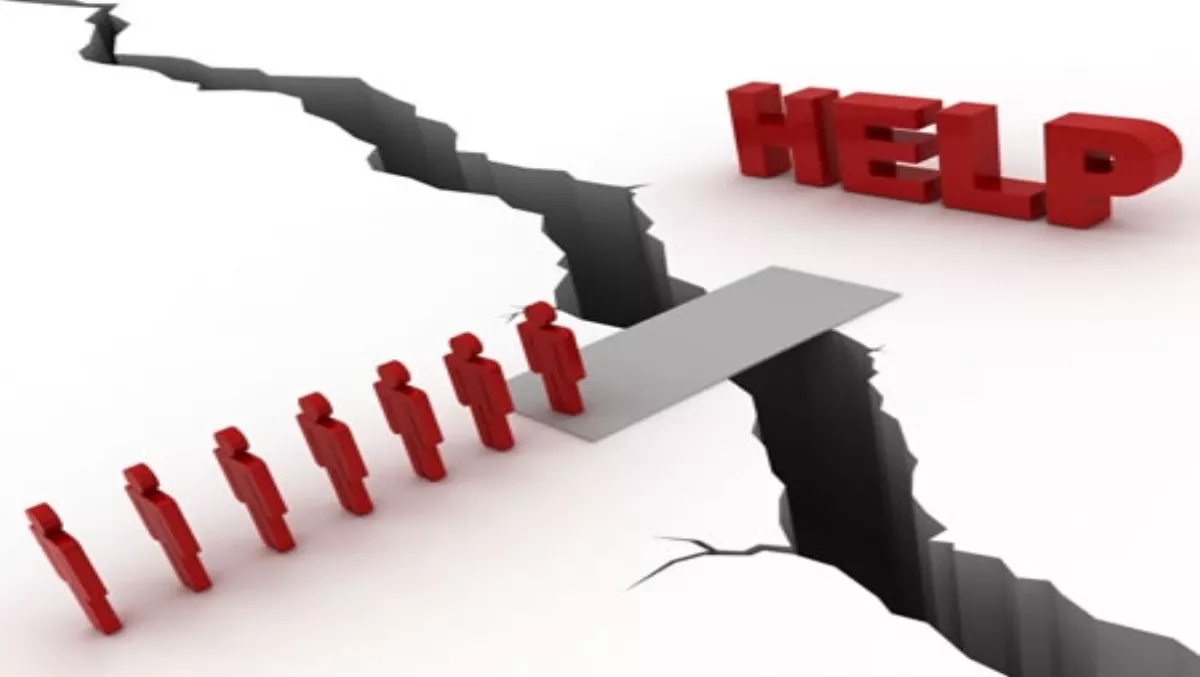
Plan for disasters
The CCiNZ event was sold out and we learned that Business Continuity for organisations in New Zealand may not be a new concept, but it has recently taken on a very active profile for most companies. The history of business continuity in this country is rooted in the simpler notion of Disaster Recovery, which centred largely around: "What would happen if the power went off?” Offsite backups and diesel generators were about as far as most plans went. Of course in 1998, Auckland was to find out just what would happen if the power went off - when the city was suddenly plunged into a five-week long power outage during January and February. That year’s extreme summer heat had pushed the limits of two 40 year old oil filled cables beyond capacity, and power was cut to 20 city blocks, crippling businesses and dislocating apartment dwellers.In June 2006, the combination of unusually high winds and a corroded shackle caused a 110kv transmission failure at Transpower’s Otahuhu sub-station. The central business district of Auckland and other suburbs were again without power, from early morning until mid afternoon. Many businesses sent their staff home. Suburban commuter railway services were suspended, over 300 groups of traffic lights switched off, some hospitals were reduced to emergency services only, radio station transmitters went offline, there were telecommunication outages, people were caught in lifts and end of semester exams at universities were postponed. The next time we turned our mind to managing through a disaster was 2007 when the ‘bird flu’ virus mutated to live well in the cooler temperatures of the human body (37 degrees C), rather than the usual avian body temperature of 41 degrees. That strain of the virus was carried across Asia to Africa and Europe by migrating birds and the world went on alert for further mutations which would cause a global pandemic. Businesses documented their Business Continuity Plans and succession planning became a real consideration, as we all pondered the worst.In May 2011, the retailers and residents of Albany got a reminder that Mother Nature can be highly unpredictable, when a tornado cut through the North Shore of Auckland. While the business disruption was relatively minor, it showed us that in the space of five minutes and without warning, workplaces can be disabled.September 2010 saw a sizeable earthquake in Canterbury and then the unthinkable - a violent series of shakes in Christchurch which created an unforgettable date for the nation: 22/2/11.With hindsight, the September earthquake was in one way a valuable lesson for Christchurch businesses. Many had responded in September by moving beyond Disaster Recovery thinking (data and technology plans) to consider, or further develop, full Business Continuity Planning (technology as well as personnel planning, facilities, processes, suppliers etc). Organisations such as Meridian and New Zealand Post had the ability to translate their contact centre processes to locations outside of Christchurch.Meridian Energy had provided each Christchurch staff member with a Grab Bag containing essentials including a copy of the BCP document, high visibility vest, first aid kit, protective clothing, hard hat, a torch and a transistor radio. The radios, in particular, became a very important link to the outside world and for some time, the only source of information.At the CCiNZ BCP event, Rowena Fulham of New Zealand Post gave a graphic account of the moment the quake hit and she called the Wellington Contact Centre to let them know the Christchurch Contact Centre was being evacuated. "… out, we’re out, the building’s coming down”. Her quick actions enabled the Wellington team to get the briefest heads-up, before Rowena herself had to scramble. She said she ‘… knew my customers and staff were all right and then I left’.The key message taken away from the CCiNZ BCP event was to ensure planning was in place for a big event and that it must anticipate a lengthy disruption to business.

